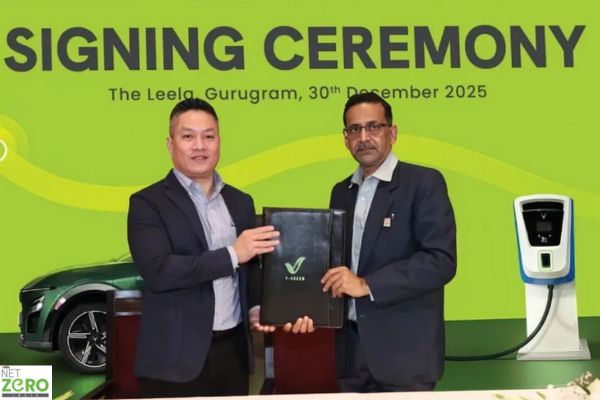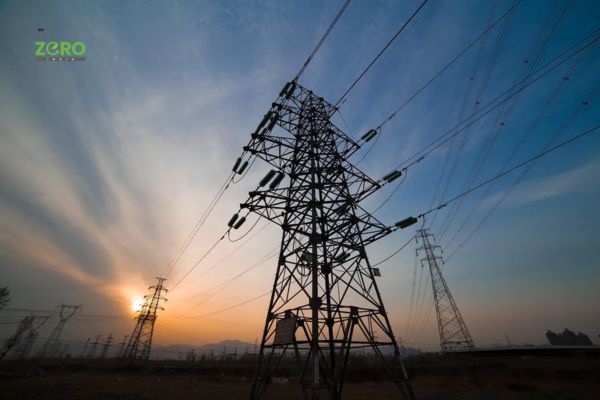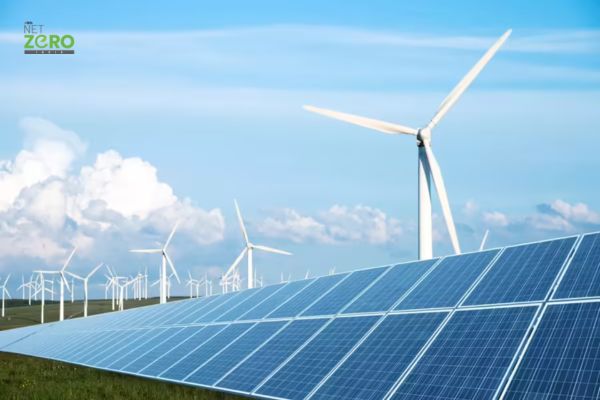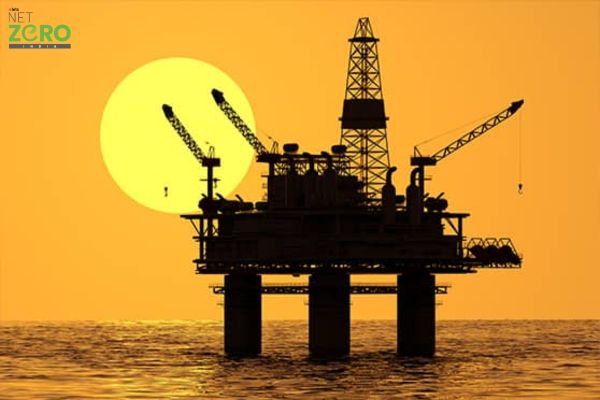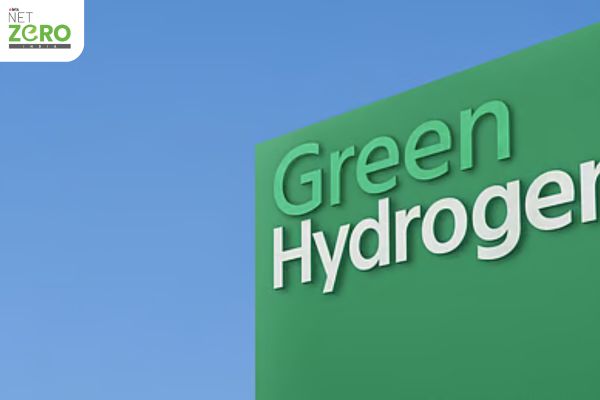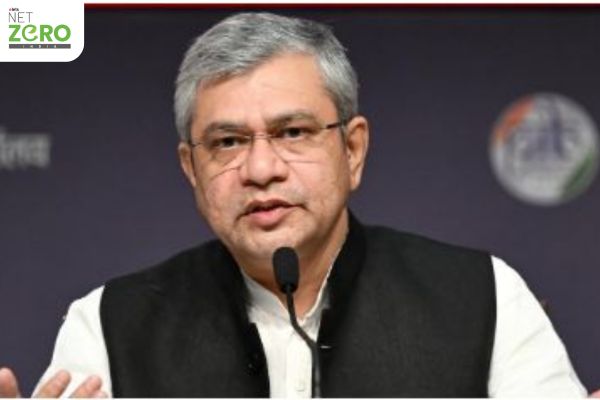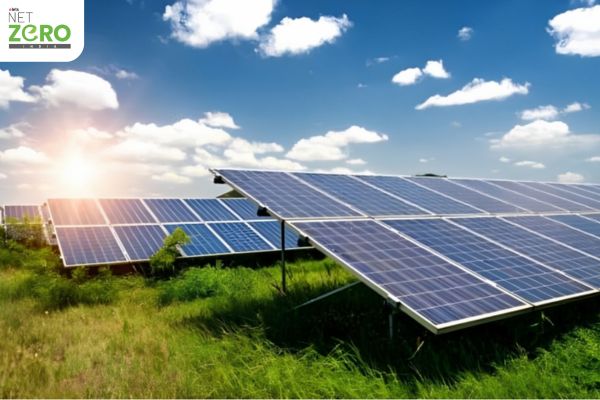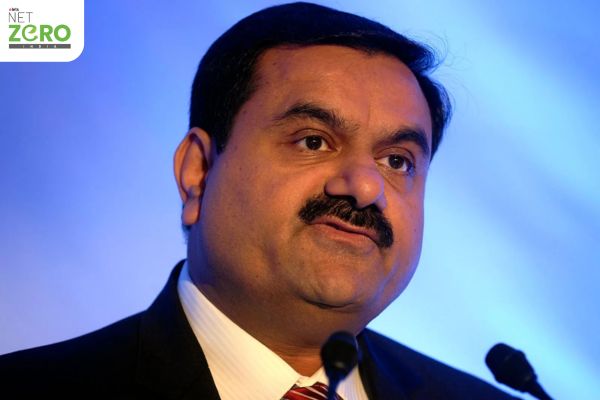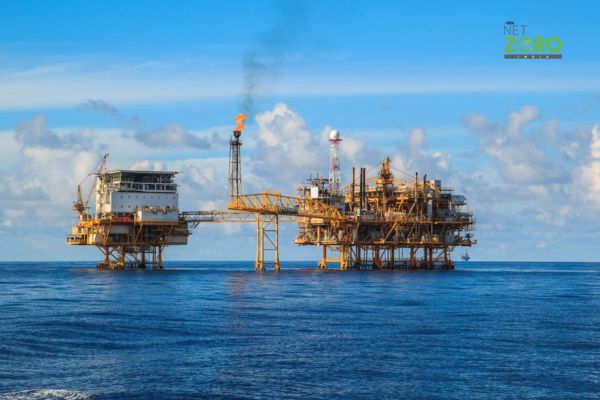
India is undergoing a dynamic resurgence in oil and gas exploration following the 2022 decision to open nearly one million square kilometres of previously restricted offshore areas. Minister for Petroleum and Natural Gas Hardeep Singh Puri informed the Parliament that this bold move has unlocked new exploration frontiers, particularly in deepwater and frontier zones like the Andaman-Nicobar (AN) offshore basin. This shift has significantly accelerated offshore activity in the country.
In a written reply to the Rajya Sabha, the minister revealed that since 2015, Exploration and Production (E&P) companies in India have reported 172 hydrocarbon discoveries, including 62 offshore. He underscored the strategic geological value of the AN basin, positioned at the confluence of the Andaman and Nicobar Basins within the Bengal-Arakan sedimentary belt.
The tectonic positioning at the Indian-Burmese plate boundary has led to the formation of stratigraphic traps favorable for hydrocarbon accumulation. Its proximity to proven petroleum systems in Myanmar and North Sumatra has further sparked international interest—especially after significant gas discoveries in the South Andaman offshore zone of Indonesia, indicating geological continuity across borders.
While the region’s geological promise sets a strong foundation, the minister credited recent policy interventions and a revamped exploration strategy for the surge in offshore momentum. These include expanded seismic data acquisition, stratigraphic and exploratory drilling, and increased international collaboration. Global exploration firms have expressed strong interest in the newly accessible frontier blocks.
In a landmark development, ONGC and Oil India Ltd (OIL) have commenced high-stakes exploration in the Andaman ultra-deepwater zone, targeting unprecedented depths of up to 5,000 metres. Notably, the wildcat well ANDW-7, drilled in the East Andaman Back Arc carbonate play, has delivered promising results—showing light crude and condensate traces, along with heavy hydrocarbons such as C-5 neo-pentane in trip gas samples.
These findings mark the first confirmation of an active thermogenic petroleum system in the region, comparable to those in Myanmar and North Sumatra. Though commercial reserves are yet to be proven, the discovery of a functioning petroleum system signals major progress and justifies sustained exploration in the area.
Providing a broader update, the minister reported that ONGC has made hydrocarbon discoveries in 20 blocks, with estimated reserves of 75 million metric tonnes of oil equivalent (MMTOE). Meanwhile, OIL has reported seven discoveries over the past four years, with reserves pegged at 9.8 million barrels of oil and 2,706.3 million standard cubic meters of gas.
Be a part of Elets Collaborative Initiatives. Join Us for Upcoming Events and explore business opportunities. Like us on Facebook , connect with us on LinkedIn and follow us on Twitter, Instagram.
"Exciting news! Elets technomedia is now on WhatsApp Channels Subscribe today by clicking the link and stay updated with the latest insights!" Click here!




